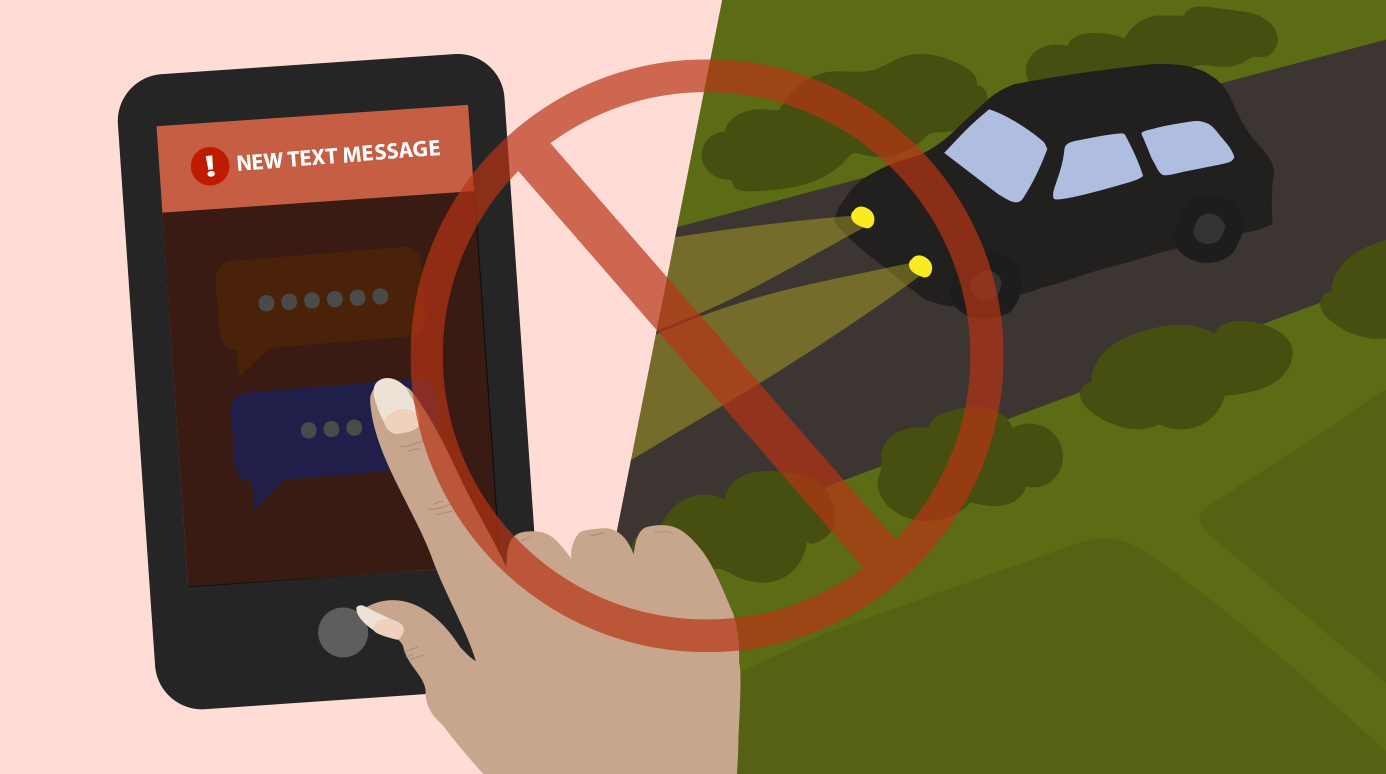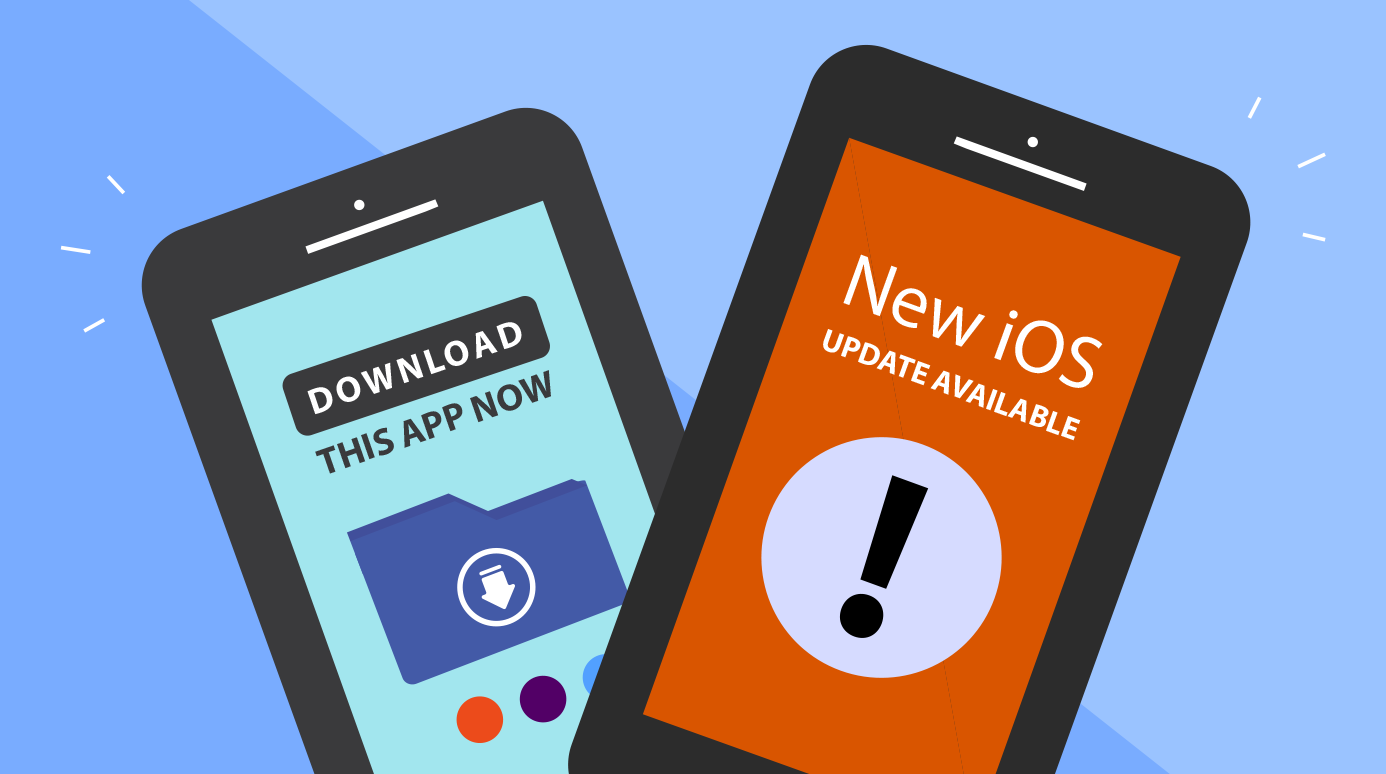

/en/internetsafetyforkids/understanding-filesharing-networks/content/

Today, many kids and teens have mobile devices like phones, iPods, and tablet computers. Because they may keep these devices with them all the time, it's important to know how to use them safely. If your kids use any type of mobile device, you should talk to them about the dangers.
If a teen receives a text message while driving, it's tempting to respond to it immediately. However, this is extremely dangerous and often illegal. Even if the teen just looks down for a second, he or she could easily get into a serious accident. The safest thing to do is wait until the car is stopped before responding.
Of course, smartphones can do a lot more than just texting. They also let you browse the Internet, send emails, and use social networking apps. Doing any of these things while driving can cause a wreck, just as texting can.
To learn about the dangers of texting while driving, watch The Last Text, a 10-minute documentary created by AT&T.
With most mobile phones, it's easy to take photos and send them to friends. Because teens and preteens are curious and want to experiment, many of them take nude or sexual photos and send them to their boyfriends or girlfriends. This is known as sexting. It's important for your kids to know that sexting can have serious consequences.
In many states, teens who engage in sexting can be prosecuted for child pornography. If convicted, teens may have to spend time in prison and register as sex offenders. This will also make it more difficult for them to find jobs or get into college. As you can see, the consequences of sexting can affect your children's lives for many years.
Many teens believe sexting is innocent or that they won't get caught. However, photos can easily be shared online or over mobile phones, so they could be seen by anyone. You should make sure your kids know how serious the consequences can be.
Many mobile apps use a feature called geolocation to share your location with others. For example, if you post something using the Facebook mobile app, you can choose to add your location to your post. You can also do this with Foursquare, Twitter, and other apps. Although kids enjoy telling their friends where they are, it may be possible for criminals to use this information to learn about your child's whereabouts.
If you're uncomfortable having your child's location shared, you can turn off location-based services for some or all apps. Keep in mind that some apps (such as maps and directions apps) need to use location-based services, although they are not posting your location where others can see it.
With a mobile device or laptop, you can often connect to the Internet for free when you're at restaurants, stores, parks, and other places. These places are known as Wi-Fi hotspots. Hotspots can be useful, but they are also less secure than your home Internet connection. If your kids are using mobile devices, you'll need to make sure they know how to use Wi-Fi hotspots safely. Let's take a look at some of the most important things to know:
For more safety tips, check out our Wi-Fi Security lesson.

Many people don't think about getting viruses on their mobile devices, but it's still possible. If your kids have mobile devices or if they occasionally use yours, you should teach them to use the same caution they would use with a computer.
Some companies, such as Norton and Bitdefender, offer antivirus software that can run on a mobile phone, but do your research because they may potentially slow down your phone's functions.
You can teach your kids the following tips to help them avoid malware on their mobile devices:
/en/internetsafetyforkids/resources/content/